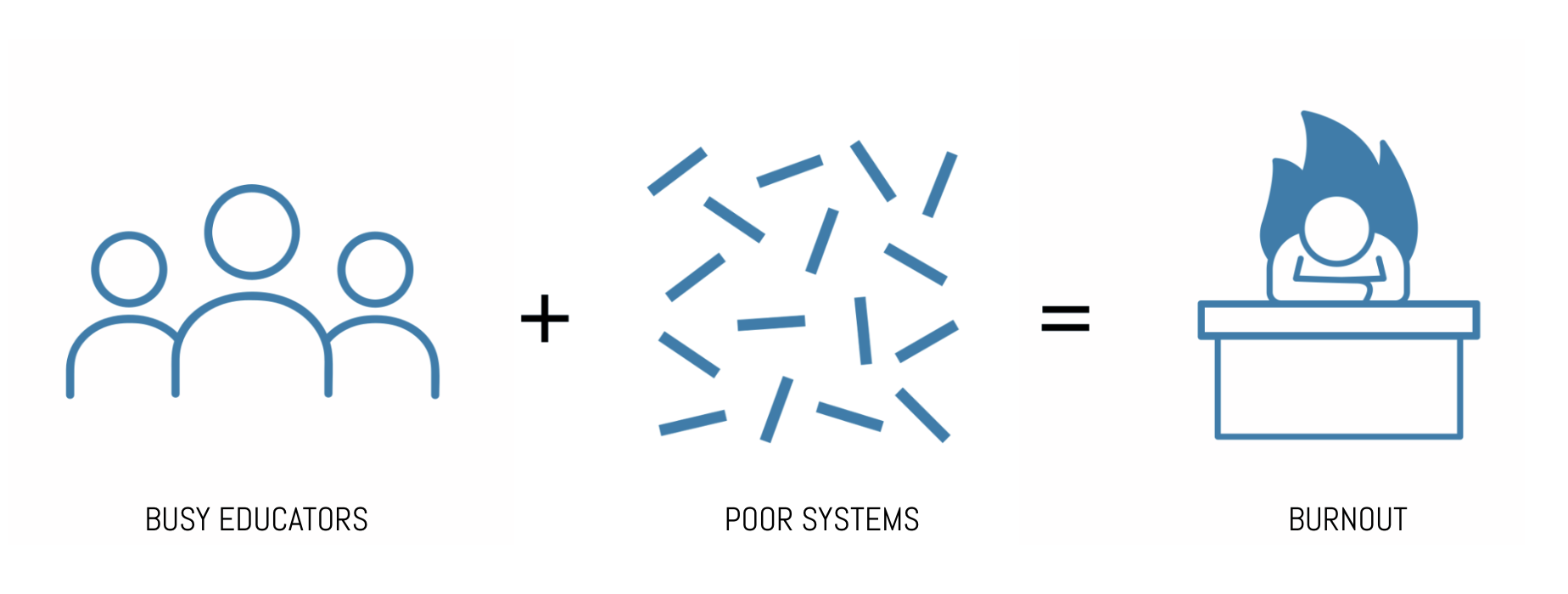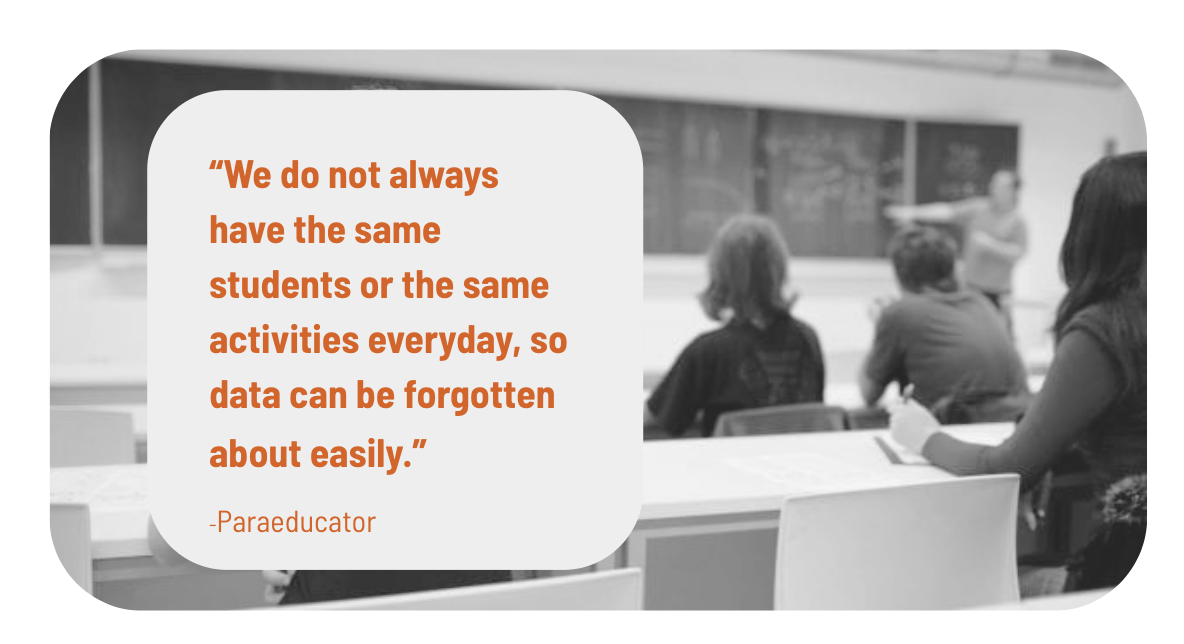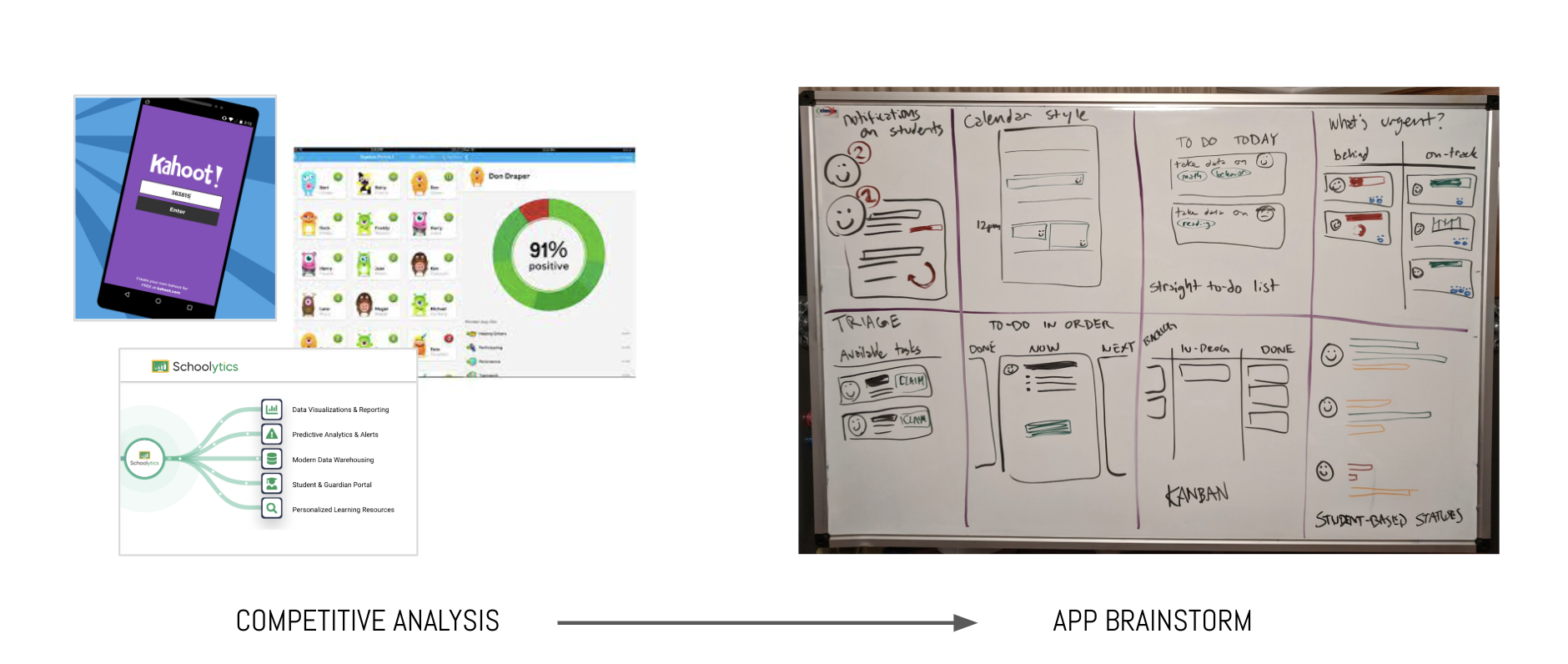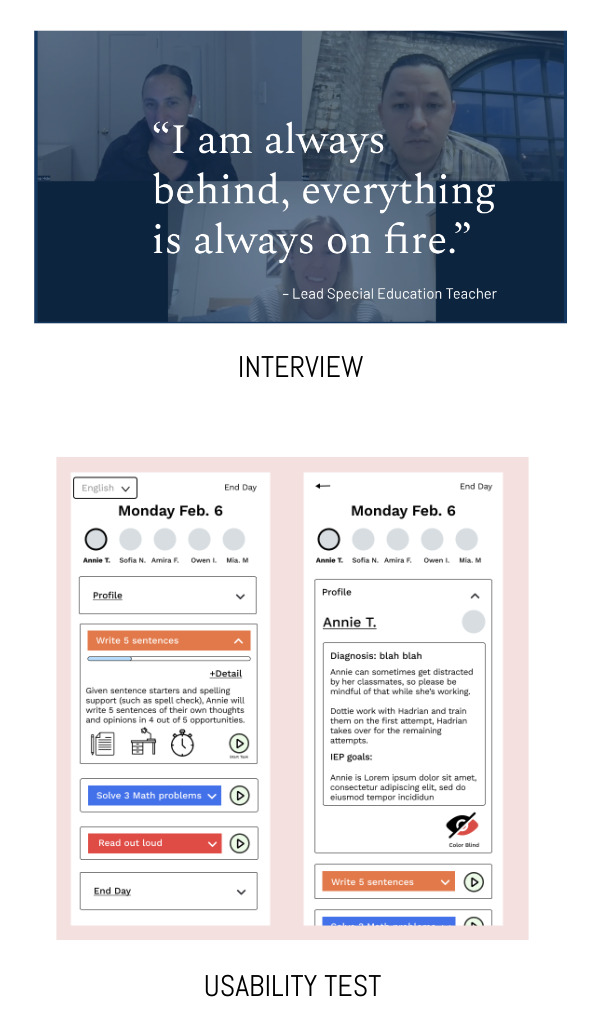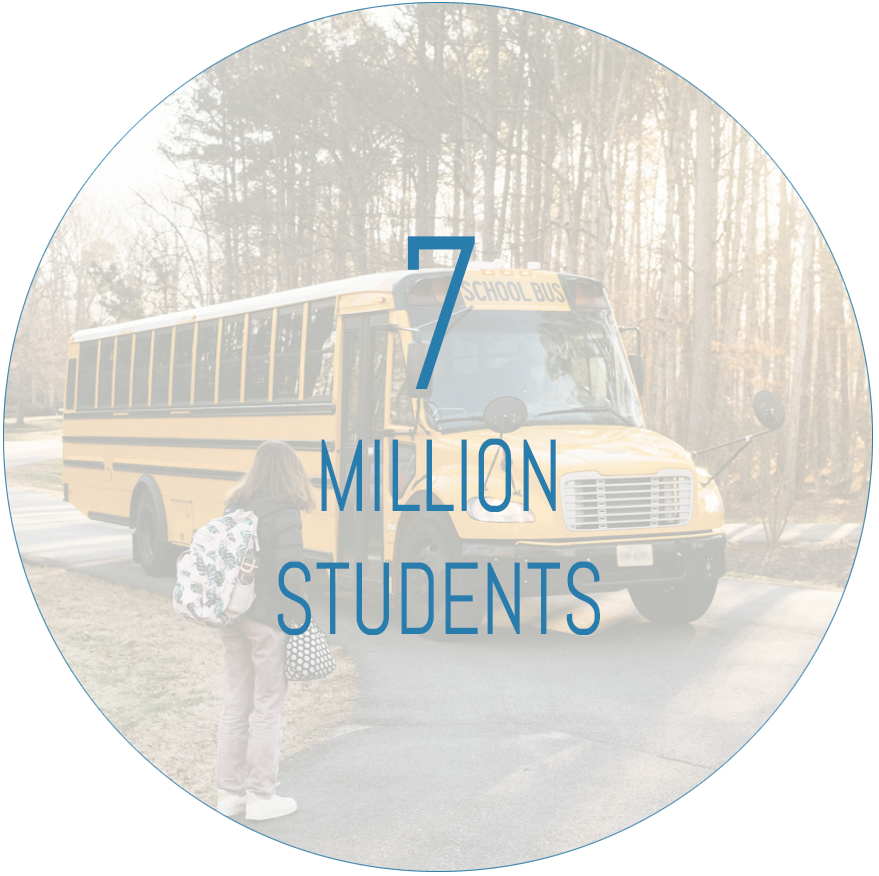Project
Improving classroom systems for Special Ed Teachers
Challenge
Develop a user-friendly customizable app for special education teachers to collect, track, and analyze data on student progress.
Role
As a Lead UX Researcher, I leveraged my background as a mom to a neurodiverse student with my experience running design research projects.
Team
Team lead, UX designers, Developers
1 / Discovery
Goals + Methods
Gain a comprehensive understanding of teachers' and assistants' needs, challenges, and use cases through analysis of survey (n=35) and interview data (n= 9).
Impact
Synthesis of surveys and generative interviews conducted before I joined the project provided a clear roadmap for desired qualities and features:
centralized across schools
easy to use, especially for ESL
supports consistency between users
offers data collection reminders
includes new features (goal bank, synced calendar, progress summary)
2 / Competitive Analysis
Goals + Methods
Conduct a competitive analysis to identify the strengths and weaknesses of existing products in the market, as well as the industry best practices, to inform the brainstorming process for our new app.
Impact
A review of 8 similar tools revealed:
The pricing structures were found to be prohibitive.
Many of these tools contained an abundance of unnecessary features, which could lead to complexity and inefficiency.
These tools were not sufficiently customizable to cater to a diverse range of special education student and classroom requirements.
3 / Interview + Usability Study
Goals + Methods
Gather insights from current and former teachers through semi-structured interviews and a usability test to inform the next round of design development.
Impact
I developed a discussion guide and provided professional development to the team (many new to user research) to co-lead 8 usability interviews with teachers and their assistants.
When I joined the team there were no incentives provided to interviewees. I advocated for $50 gift cards, thus enhancing participant equity and fostering trust.
The study data indicates positives and pain points:
Excited to have a “home base” for student data
Appreciate simple interface
Customizable to meet unique classroom needs
—
Worried about adoption by staff with low digital literacy
Tech integration barriers
Want improved data visualizations
4 / Diary Study (TBD)
Goals + Methods
The app is still in the development phase, the next step will involve launching a diary study to observe how the tool functions in real-world situations. The primary objective is to identify any friction points and evaluate its compatibility with existing classroom systems.
Impact
7 million or 14% of all public school students received special education services. When scaled, this project could affect the lives of thousands of families and hundreds of educators.
